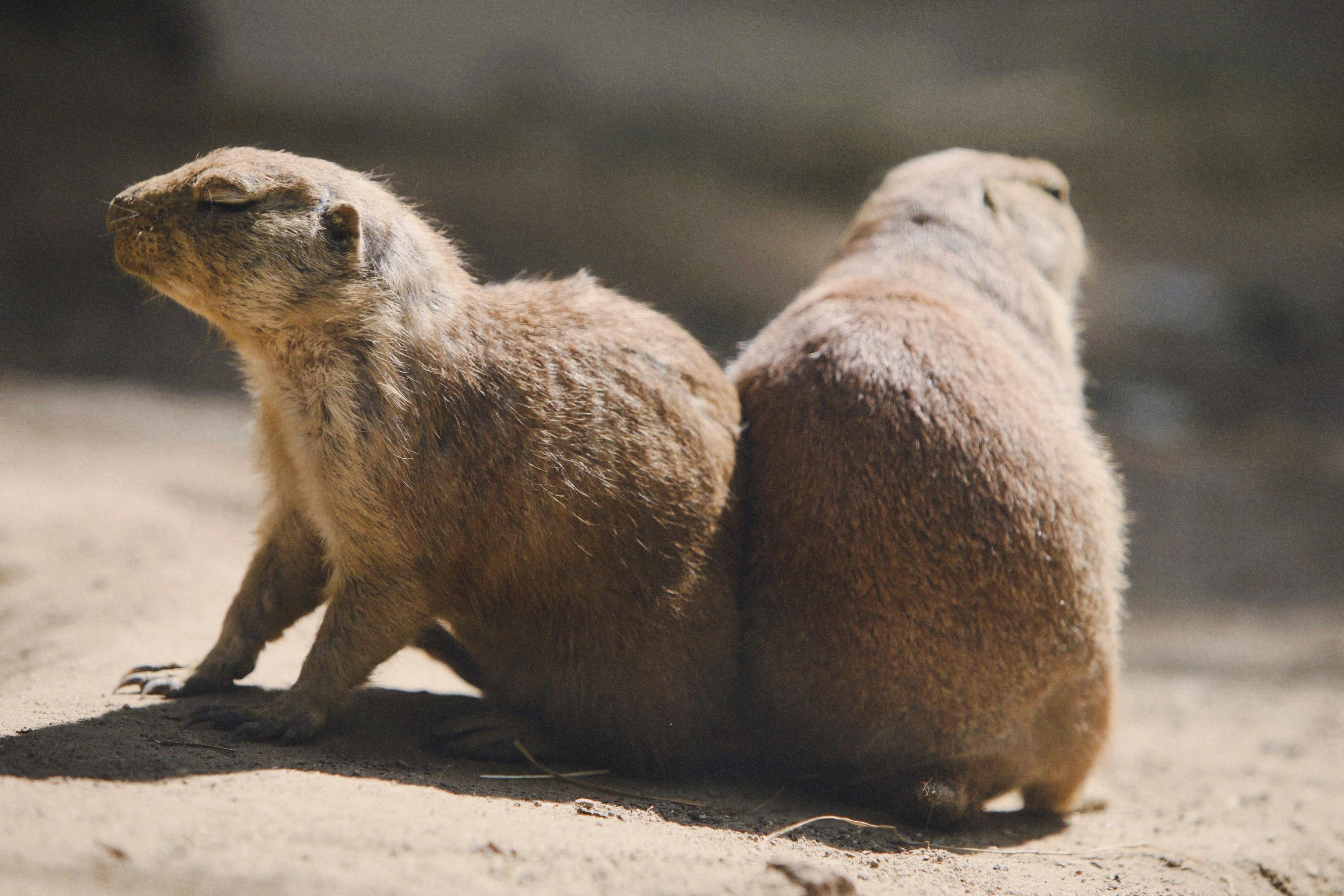Discovering the Secret Lives of Prairie Dogs
Introduction: Hidden beneath the earth, an intricate network of tunnels forms an underground city. It's bustling with activity, a world filled with family bonds, romance, and even a hint of politics. Welcome to the secret lives of prairie dogs, the social rodents that have built one of nature's most complex societies.

Delving into the History of Prairie Dogs
Prairie dogs, despite their name, are not dogs but rodents. They are a part of the squirrel family, named for their dog-like bark and ubiquitous presence in the grasslands of North America. Historically, these animals were considered a vital part of the ecosystem, serving as a food source for predators and contributing to soil health with their burrowing activities. However, with the expansion of human activities into their habitats, prairie dogs have experienced a significant decline in their population, leading to a shift in their roles and perception in the ecosystem.
Prairie Dogs: A Glimpse into Their Social Structure
Prairie dogs live in large colonies known as “towns,” which can span hundreds of acres and have thousands of inhabitants. These towns are subdivided into family groups or “coteries” that consist of one male, several females, and their offspring. Unlike many other rodents, prairie dogs are highly social, engaging in grooming, play, and group defense. Their social bonds are strong, with coteries often staying together for several years.
The Language of Prairie Dogs
One of the most fascinating aspects of prairie dogs is their complex communication system. Researchers have found that these creatures have a sophisticated language that can convey specific and detailed information. For instance, they can alert others about the type, size, speed, and direction of an approaching predator. This sophisticated language, complete with its own syntax and structure, has made prairie dogs a subject of ongoing research in animal communication.
Threats and Conservation Efforts
Prairie dogs currently face several threats, including habitat loss due to urban development and agriculture, disease, and extermination efforts by humans who view them as pests. Conservation efforts are underway to protect these creatures and their habitats. These include habitat restoration, population monitoring, and public education about their ecological importance.
Market Impact of Prairie Dog Tourism
Prairie dog towns have become tourist attractions, contributing to local economies. Tourists flock to places like the Badlands National Park in South Dakota to catch a glimpse of these fascinating creatures and their complex societies. The estimated price range of prairie dog tourism, including guided tours and park entry fees, can range from $25 to $100 per person, proving that these small creatures have a big impact.
In conclusion, prairie dogs, with their complex social structures and sophisticated communication, offer a captivating glimpse into the hidden world beneath our feet. As we continue to learn more about these intriguing creatures, it becomes clear that they are an integral part of our ecosystem. Efforts to protect and preserve them are not just about saving an individual species but about preserving the intricate web of life that is our planet.




